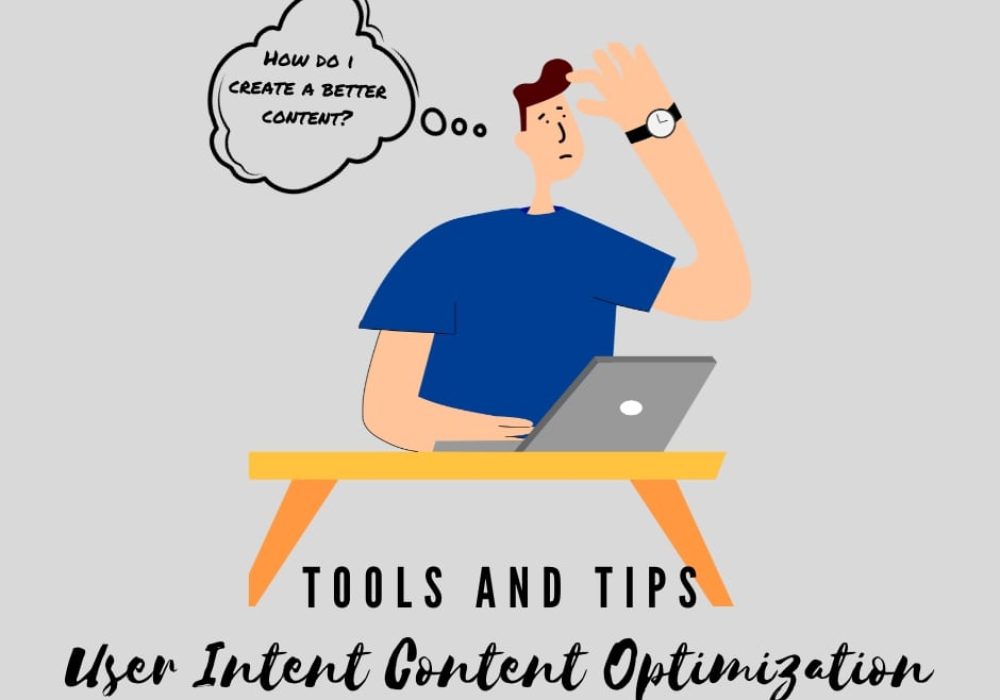Beginner's Guide to User-Friendly SEO Content Optimization

Tools for Understanding User Queries
Keyword Research Tools:
Ever found yourself lost in the labyrinth of user intent? Meet your guiding lights: Semrush, Ahrefs, Moz, and Google Keyword Planner. These tools are not just companions; they are your virtual language interpreters. Dive into the nuances of user queries, uncovering search volumes, related keywords, and subtle signals of intent. With these tools by your side, you’ll be crafting content that not only speaks but resonates with the unique language of your audience.
Google Search Console:
Picture Google Search Console as the captain of your content ship, steering through the vast seas of user queries. Its features, “Queries” and “Performance,” serve as your treasure maps. What do they unveil? The language users are conversing in and the uncharted territories where your content can shine. It’s not just a compass; it’s a portal into understanding the landscape, guiding you to fill the gaps in your content map.
SERP Analysis Tools:
Ever wished for a digital detective in the SEO world? Enter Ahrefs’ SERP Checker, Semrush’s Organic Research, and the classic AnswerThePublic. They’re your Sherlock Holmes trio. These tools magnify your vision, dissecting the anatomy of top-ranking content. Unravel the mysteries of feature snippets, glean insights into user needs, and anticipate the ever-evolving expectations of your audience. It’s not just analysis; it’s your strategy to stay ahead in the dynamic world of SEO.
AnswerThePublic:
As a bonus companion in your arsenal, consider AnswerThePublic. This tool transforms user queries into a visual map, unveiling the questions your audience is pondering. It’s like having a crystal ball into the minds of your users. Incorporate these insights into your content strategy, and you’ll find yourself not just answering questions but crafting content that becomes the answer.
Techniques for Optimizing Content for User Queries
Topic Research and Content Mapping:
Picture this: a mind map that visualizes your content clusters and relationships. Tools like MindMeister or MindMup make this a reality, helping you navigate the vast sea of topics and questions.Natural Language Optimization:
Speak their language. Use tools like Grammarly or Hemingway Editor to infuse your content with a natural, conversational tone. No more robotic jargon—just a genuine connection with your audience.Semantic Search Optimization:
Think beyond keywords. Incorporate related concepts and synonyms. Tools like LSIGraph or TextOptimizer offer a semantic playground, suggesting keywords that resonate with diverse user queries.Question-Driven Content:
Users ask, you answer. Structure your content around common questions. “People Also Ask” boxes in SERPs and platforms like Quora are goldmines of inspiration.Additional Optimization Tips
Clear and Concise Titles and Meta Descriptions:
Craft snippets that sparkle. Accurately reflect your content and entice clicks. Your titles and meta descriptions are the welcoming committee to your content party.Strategic Internal Linking:
Guide users on a journey through relevant content clusters. Enhance their experience and make your content a discoverable treasure trove.Content Structure and Readability:
Don’t let your content be a maze. Use headings, subheadings, bullet points, and visuals for easy scanning and comprehension. User-friendly content is the MVP.Voice Search Optimization:
Welcome to the future. Incorporate long-tail keywords and conversational language. Your content should answer questions, not just be a list of keywords.So here we are, at the crossroads of SEO excellence. I encourage you to adopt a user-centric mindset in your content creation and optimization journey. It’s not just about the algorithms; it’s about connecting with real people, solving their problems, and becoming the go-to source in your niche.
Remember, the world of SEO is ever-evolving. Keep an eye on user needs, adapt to search trends, and stay ahead of the curve.
Jesrell Belmes – Pinoy SEO Specialist: Your compass in the ever-changing landscape of digital success.


